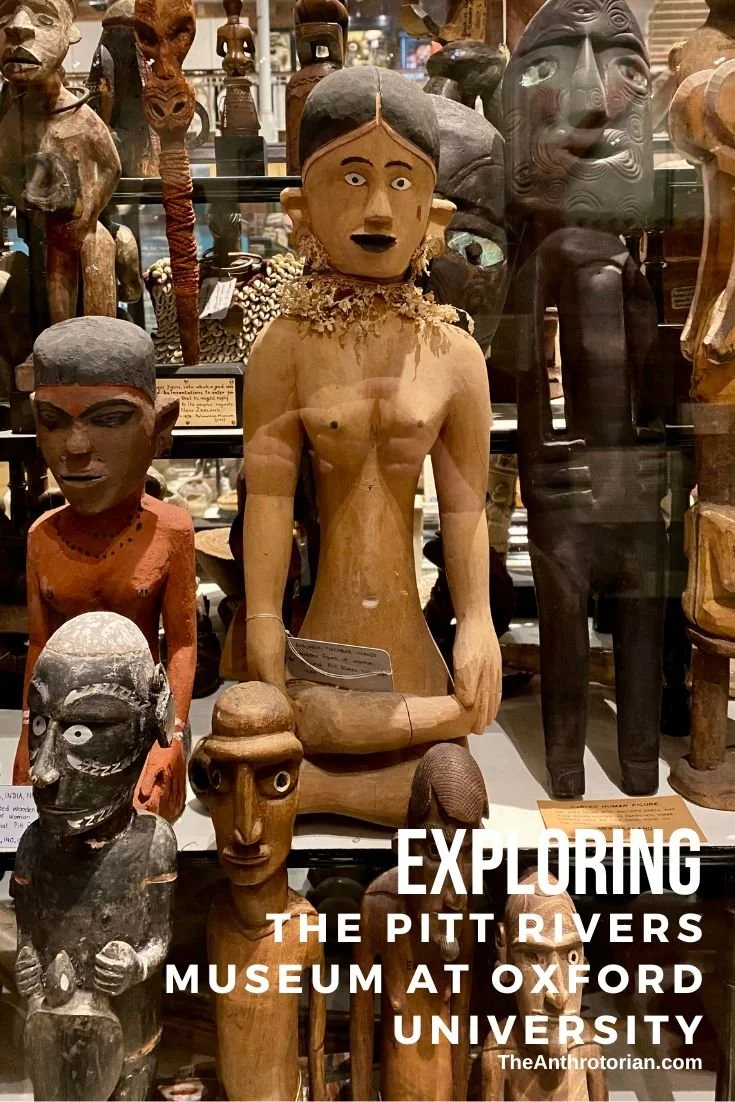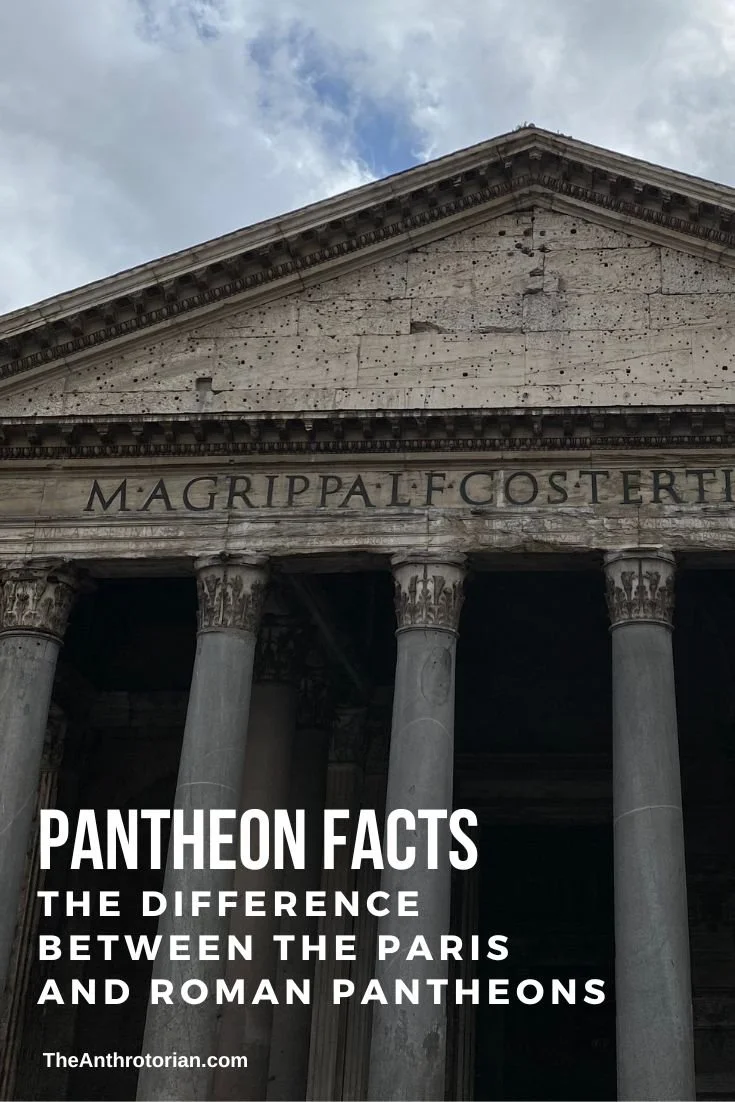New technology is completely changing the fields of history and archaeology, as the use of innovations like Ground Penetrating Radar archaeology are resulting in new discoveries all over the world. This tech is even changing the way we look at old discoveries, as new chambers, burials, buildings, and more are being discovered in previously excavated areas. Before I share some of the most fascinating discoveries that have been made recently using GPR, let's start with one very important question.
What is Ground Penetrating Radar?
According to Wikipedia, "Ground-penetrating radar (GPR) is a geophysical method that uses radar pulses to image the subsurface." So, in layman's terms, a machine (that usually looks a like an oversized lawn mower) sends a pulse into the ground that can detect what is located under the surface. It can help scientists detect rocks, soil, ice, pockets of water, and man-made structures.
This technology has been used by the military since around the 1970s, and became available commercially in the mid 1980s. GPR has many uses including finding valuable stones, searching for utilities, finding unexploded land mines, and surveying potential archaeological sites.
Recent Discoveries Made Thanks to GPR
The Remains of King Henry I
Archaeologists announced in September 2016 that they may have located the remains of King Henry I (the youngest son of William the Conqueror) beneath a Ministry of Justice parking lot on the site of Reading prison. They came across the remains while using GPR to scan the parking lot, which sits on top of the ruins of Reading Abby — a huge church that King Henry I built during his reign. What's crazy about this potential discovery is that this is not the first king to be discovered under parking lot pavement in the UK. The ruins of King Richard III were found five years ago under a lot in Leicester!
The Intact Tomb of Jesus Christ
Located in Jerusalem, The Church of the Holy Sepulchre surrounds the Holy Edicule — the shrine that surrounds the cave tomb of Jesus Christ. It is the only church in the world where six denominations of Christianity worship at the same time, which has lead to constant disagreement on how to preserve and renovate the space. Last year however, the church was closed to the public because some areas had fallen into such disrepair that they had become unsafe. Work began in 2016 on restoring the spaces including the tomb of Jesus. Using GPR, archaeologists discovered that the cave tomb, which was believed to have collapsed more than 1000 years ago, is actually fully intact and about six feet in height! Experts will be entering the cave and documenting it meticulously to share in a National Geographic documentary in 2017.
Terracotta Warriors Mega-Tomb
This huge tomb, located just outside Xian in China, is visited by thousands of people every year who want to catch a glimpse of the famed Terracotta Warriors. According to Nat Geo, scientists using GPR have discovered that the emperor's massive tomb complex is actually larger than they thought — almost 98 square kilometres larger — and may change the way history looks at the emperor and the time period he ruled in.
Queen Nefertiti's Tomb (or, maybe nothing at all...)
One of the most publicized "potential" discoveries made thanks to GPR in 2016 were the openings, or voids, that were found behind the West and North walls of Tutankhamen's burial chamber in Egypt. This has led to speculation that hidden behind those walls is the lost burial chamber of the famed Queen Nefertiti (considered to be the most beautiful women of the ancient world).
I stress the word "potential" in this case, because there has been a lot of argument about whether these voids exist at all, let alone if they are the resting place of Nefertiti. Expect to see more research and many more news stories concerning this "potential" find in 2017.



